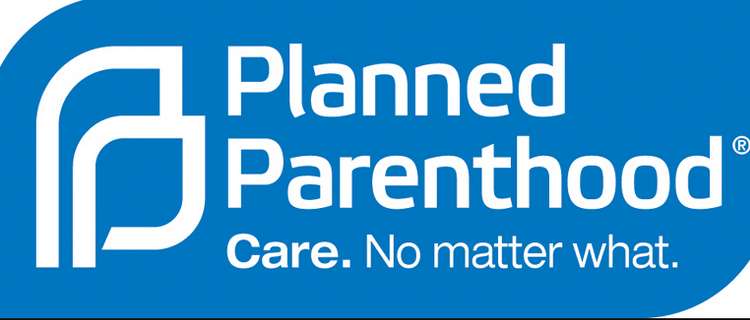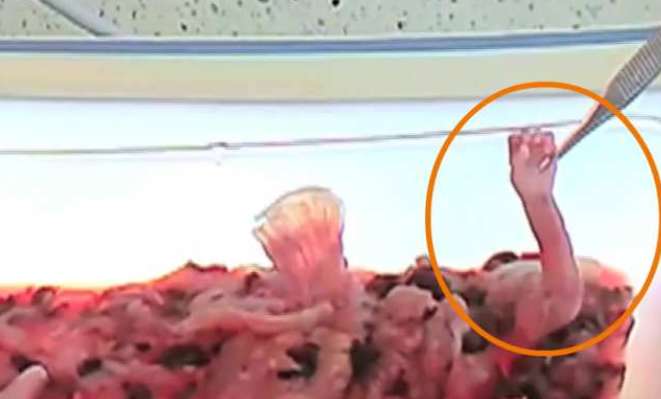Women and Abortion: Getting to the Heart of the Matter
Public Discourse 16 May 2016
Family First Comment: This is a great read.
“The foundation of the pro-abortion movement is the mantra “My body, my choice.” The problem is, this pro-abortion language of personal rights and physical autonomy is clearly at odds with the natural response of the female body to a healthy developing fetus. The female body is not at all ambivalent about the abortion issue. When a woman becomes pregnant, everything in her body is gearing up to welcome the new life she carries. At conception, a complex transformation begins, one that is designed to protect and nurture the developing fetus. A mere eight days after fertilization, the growing embryo produces human chorionic gonadatropin, HCG. HCG is what enables the pregnancy to continue—and what gives a positive result on a pregnancy test. Endocrinologist Joel Brind calls this “baby’s first cry.””
“When a woman decides not to carry her child to term, a division takes place in her mind and heart. This is powerfully apparent for women whose abortion decisions are fraught with anxiety, confusion, and pressure or coercion from others. Yet it is also true for those who seem to approach the decision with ease.”
As the Supreme Court prepared to hear arguments in Whole Woman’s Health v. Hellerstedt, hundreds of post-abortive women shared their stories in amicus briefs. Pro-abortion activists are now recognizing what abortion healing ministries have known for decades: women and men who were part of abortion decisions and procedures benefit from telling their stories. This can be a cathartic and empowering experience, ending their secrecy and isolation and putting them on the road to recovery.
It’s not only telling the stories that is powerful. Hearing such stories can also have a profound impact on those who have not experienced abortion. Savvy pro-abortion advocates have begun to use the power of personal stories to support allegations that Texas abortion restrictions unfairly limit women’s access to an essential and empowering medical procedure.
As co-founders of Rachel’s Vineyard post-abortion recovery programs and the Silent No More Awareness Campaign, respectively, we have each encountered thousands of women and men across the United States and around the world who have experienced abortion loss. Their stories reveal that many women and men are deeply wounded by their experience of abortion.
…. Is the Female Body Pro-Choice?
The foundation of the pro-abortion movement is the mantra “My body, my choice.” The problem is, this pro-abortion language of personal rights and physical autonomy is clearly at odds with the natural response of the female body to a healthy developing fetus. The female body is not at all ambivalent about the abortion issue. When a woman becomes pregnant, everything in her body is gearing up to welcome the new life she carries. At conception, a complex transformation begins, one that is designed to protect and nurture the developing fetus. A mere eight days after fertilization, the growing embryo produces human chorionic gonadatropin, HCG. HCG is what enables the pregnancy to continue—and what gives a positive result on a pregnancy test. Endocrinologist Joel Brind calls this “baby’s first cry.”
When a woman decides not to carry her child to term, a division takes place in her mind and heart. This is powerfully apparent for women whose abortion decisions are fraught with anxiety, confusion, and pressure or coercion from others. Yet it is also true for those who seem to approach the decision with ease.
…. Abortion is a complex issue, even when the decision appears to be the only clear and rational course of action. We can’t minimize the anxiety and stress of an unplanned pregnancy and the conflicts that pregnant women face. But abortion is not just a choice—it is not a mere decision, based on a list of “pros” and “cons.”
Abortion is fundamentally about relationship, a relationship that is broken by the procedure—and one that desperately needs to be healed.
READ MORE: http://www.thepublicdiscourse.com/2016/05/16974/?utm_source=The+Witherspoon+Institute&utm_campaign=e3cd6d5ec6-RSS_EMAIL_CAMPAIGN&utm_medium=email&utm_term=0_15ce6af37b-e3cd6d5ec6-84094405





